Platelet-Rich Plasma (PRP)
PRP – or Platelet-Rich Plasma, to give it its proper name – is a treatment that involves injecting plasma extracted from your own blood into the treatment area – the skin, if we’re talking about tweakments – in order to promote regeneration. You can think of it kind of like a super healer serum, which is often used in conjunction with other treatments, such as laser devices or radiofrequency to supercharge your results, by supporting the skin to repair itself.
PRP is used both in aesthetics and in medical treatments:
- Aesthetics. PRP is primarily used to improve skin texture. For example, a practitioner injects plasma into the patient’s face to improve the skin.
- Medicine. PRP is used to promote healing. For example, a sports doctor injects plasma into an inflamed knee-tendon to treat tendinitis.
Whichever way it is used, this Platelet Rich Plasma is derived from your blood which has been processed to separate the plasma and platelets from the red blood cells. Platelets are blood cells that play various important roles in the body. For PRP, the key role of platelets is transporting proteins that your body uses to repair damage; in everyday life, another key role of platelets is to help with blood clotting to limit bleeding. Scroll down for more info and all the FAQs about PRP.
CATEGORY
Injectables
EXPECT TO PAY
£ 500 - 900
TWEAKMENT TIME
30 minutes
LONGEVITY
Up to three months
ANAESTHESIA
None - numbing cream optional
DOWNTIME



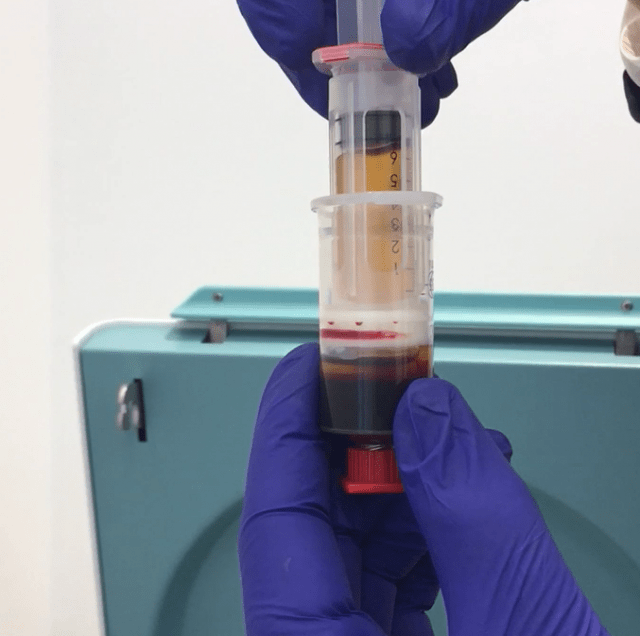
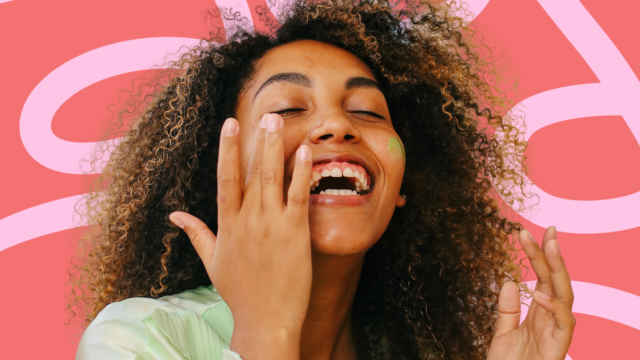
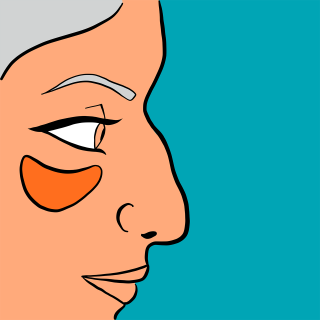
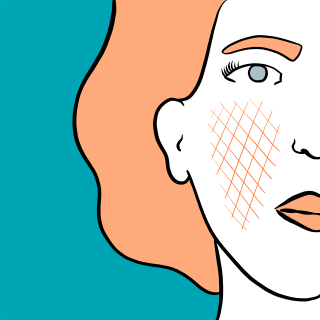
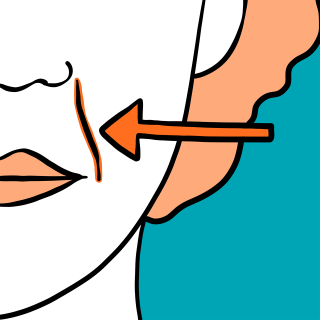
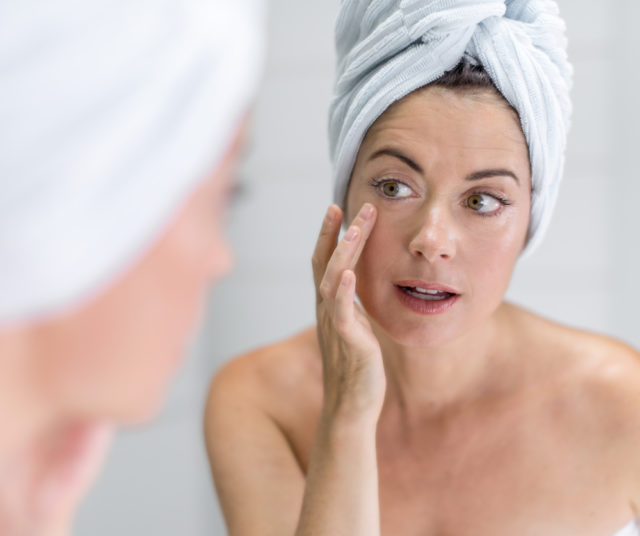
 The Tweakments Chatbot
The Tweakments Chatbot